When we launched our inaugural ScriptEd class last September, we thought were ready teach high school students how to program. We believed our students would speed through the fundamentals of variables, conditionals and loops. They would discover the power of APIs and the command line. After eight weeks of twice weekly after-school classes, we anticipated our students would be putting together their first apps and deploying them to the cloud. ScriptEd students from a high needs high school in Harlem would be the vanguard for a new movement in computer science.
Things didn't go as planned. We assumed: digital generation, digitally literate. These were kids who grew up in the age of smartphones, tablets and an ever-present connection to the Internet. During the first days of class, though, we watched our students hunt and peck for keys to painstakingly type lines of code. They couldn't create folders, and they didn't really understand what a file was, much less understand directory structures. Our volunteers spent the first classes helping the students set up email accounts, teaching them to copy and paste text and showing them how to create files and folders on flash drives. Despite the best efforts of our dedicated volunteers, and a group of intelligent and enthusiastic students, we were moving through the curriculum at a glacial pace.
Recently, the media and blogosphere has focused its attention on the idea that everyone needs to learn to code, and that it's easy to do -- online learning only requires a little self-motivation and logging onto Codecademy, Khan Academy,Coursera or any number of tools available online. While these online "learn to code" platforms provide a necessary service, their audience is limited to those who are already computer-literate. As Zed Shaw once said, the question a real novice has isn't "How does this loop work?" The question is "What's that curly thing around that number?" -- a parenthesis. A person without fundamental computer skills can no more learn to code online than a person without swimming skills can learn a flip-turn. With some assistance, the non-swimmer might be able to maneuver her body around, but she'll quickly start to sink once she pushes off the wall. Learning to code online is futile if you don't know how to find and open a file or type parentheses.
Our students are the 'have-nots' of the digital divide. By digital divide, I do not mean those who don't have access to technology -- The Pew Internet & American Life Project reports that 95 percent of U.S. teenagers use the Internet. Rather, I mean the next generation of the digital divide. It is a divide between those that have the means and capabilities to create and change technology and those who must simply consume it.
Our students have never taken a typing class and computer science classes are not offered in their school. The computing they have been exposed to is that of consumption: the closed iPhone platform, the MP3 player, the Xbox. Without the guidance of mentors the process of learning to code is lost on them, not only because files and punctuation are mysterious to them, but also because they didn't grow up being told they could be creators.
This is a problem. The number of jobs in tech is growing at a tremendous rate, and even non-technical jobs rely heavily on being computer-savvy. Without these fundamental computer literacy skills, today's students will struggle to compete in an increasingly computer dependent economy. Schools, local governments, tech firms and community based organizations must work together and act quickly to provide students with the learning opportunities necessary to develop this literacy. Inaction means that many students will not have a fair shot in the 21st Century labor market.
ScriptEd is helping to bridge this digital divide by providing students with the mentors and real-life instruction they need to define their own successes. Our students have learned to make and save files, they can copy and paste text, and can use their flash drives now. They can even make simple calculator and 'Mad Libs'-style programs and have progressed through the fundamentals of programming. Thanks to ScriptEd volunteers providing patient guidance and encouragement, our students are moving to the other side of the digital divide.
